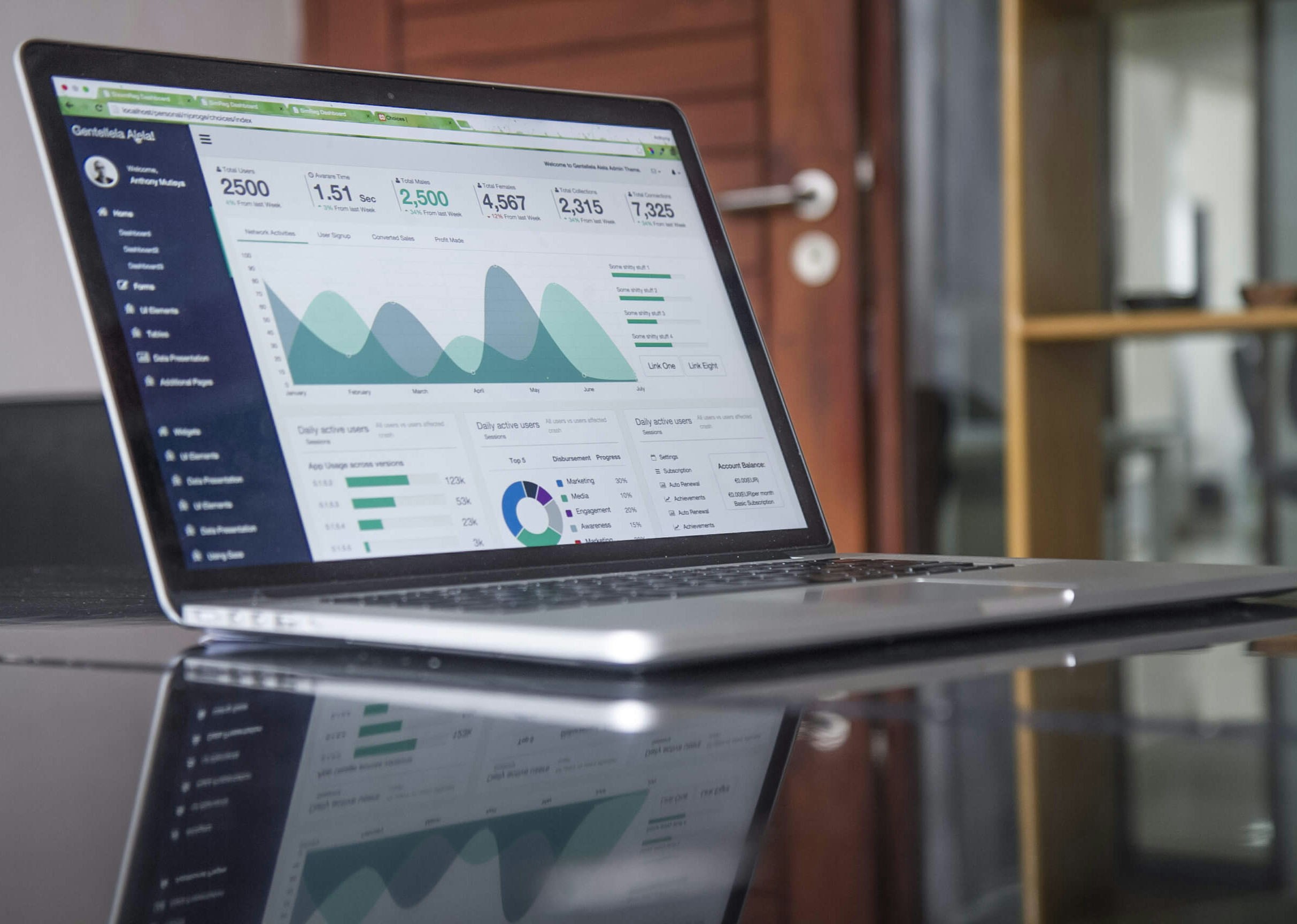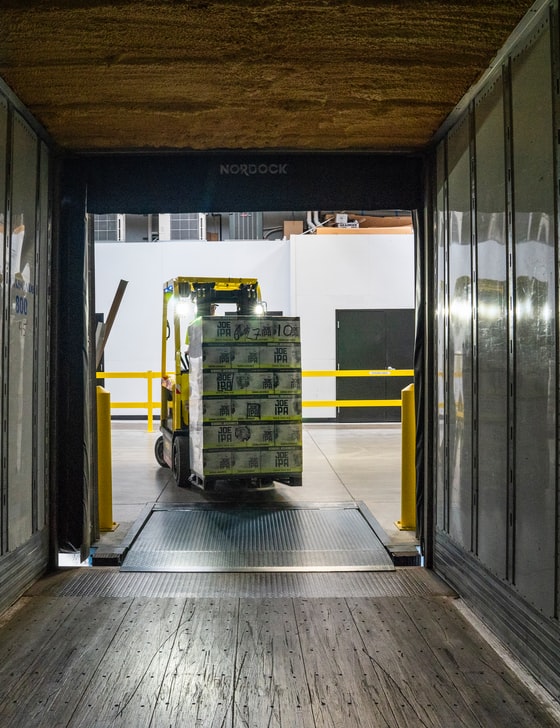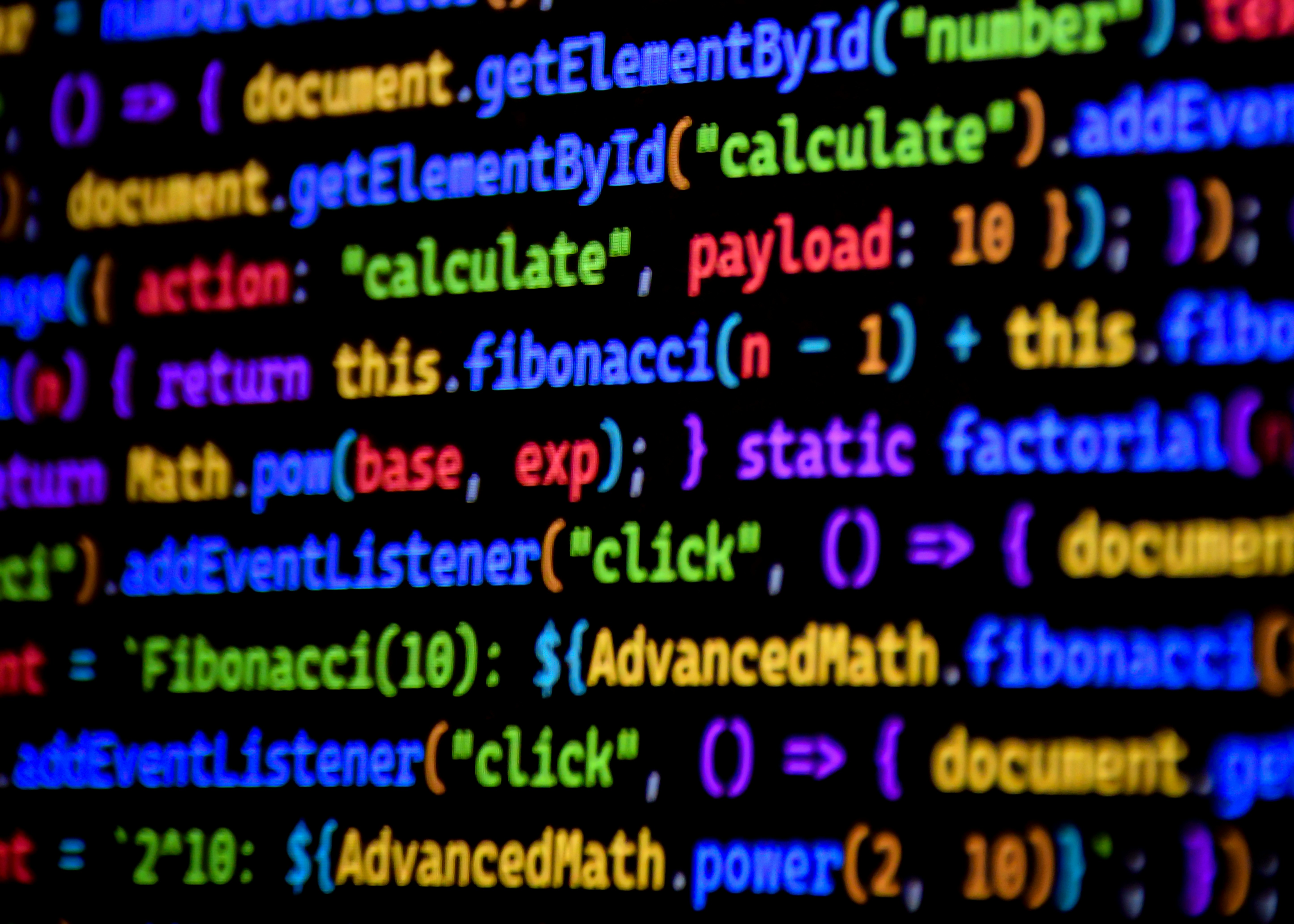Use Cases
AI. Innovation. Everything in between.
Examples of the use of artificial intelligence in various industries and business sectors
Thank you! Your submission has been received!
Oops! Something went wrong while submitting the form.
Thank you! Your submission has been received!
Oops! Something went wrong while submitting the form.
scores 1
Show 1 -3 of 6

Let working, intelligent, self-improving bots make initial connections with leads 24/7. High-quality, responsive leads are called by live agents and increase sales effectiveness.
sales agent

Bots listen to calls from salespeople and suggest best practice answers or the best next steps to improve sales effectiveness.
Phone support for sales reps

Intelligent allocation of shipment requirements.
Based on a customer's needs and location, the best warehouse is selected for shipping.
Allocation of warehouses

Price optimization, also known as dynamic pricing or demand pricing, enables companies to optimize price reductions. Optimal discounts minimize cannibalization and maximize revenue at the same time. Dynamic pricing is one of the easiest transformations a company can achieve. They have a direct effect on the end result and can be introduced within a few days.
Dynamic pricing

By creating connections between different goods, which are typically ordered together, commission times can be drastically reduced.
Bundling of goods

Recommendation systems use customer data to retain and improve customers with personalized recommendations via email, website search, or other channels.
Referral service

To prevent malfunctions or poor maintenance from leading to expensive downtime, an algorithm predicts the risk of equipment failure and the need for maintenance.
Predictive maintenance

AI can predict service cases and thus increase accuracy when planning service and maintenance.
Predicting service cases

Use machine learning to take your inventory and supply chain optimization to the next level
Inventory forecasting

By using entity and sentiment analysis, emails can be automatically classified, which requires up to 40% less manual work.
categorize messages

With the help of chatbots, companies can create a kind of more dynamic FAQ page or use it internally as a tool to increase the productivity of their own employees.
Chatbot

Independent coordination of tasks, status updates and dependencies, with clear transparency for project managers.
Project & administrative management agents

AI analyses legacy code, suggests modern architecture and technology approaches, and supports developers in automated migration to sustainable systems.
Modernize legacy systems

AI analyses studies, suggests new hypotheses and plans experiments — researchers decide on next steps.
Research & development

AI analyses documents, compares them with guidelines and suggests decisions — the administration makes the final decision.
Automated compliance and claim review

Automated monitoring of clusters of side effects in patient feedback, forums, or EHRs, e.g. after the launch of a new drug.
Real-world data monitoring

Extraction of relevant information from emails, forms or photos to pre-qualify liability and comprehensive claims.
Automated claim recording
No suitable use case was found for your search
Reset all filters






